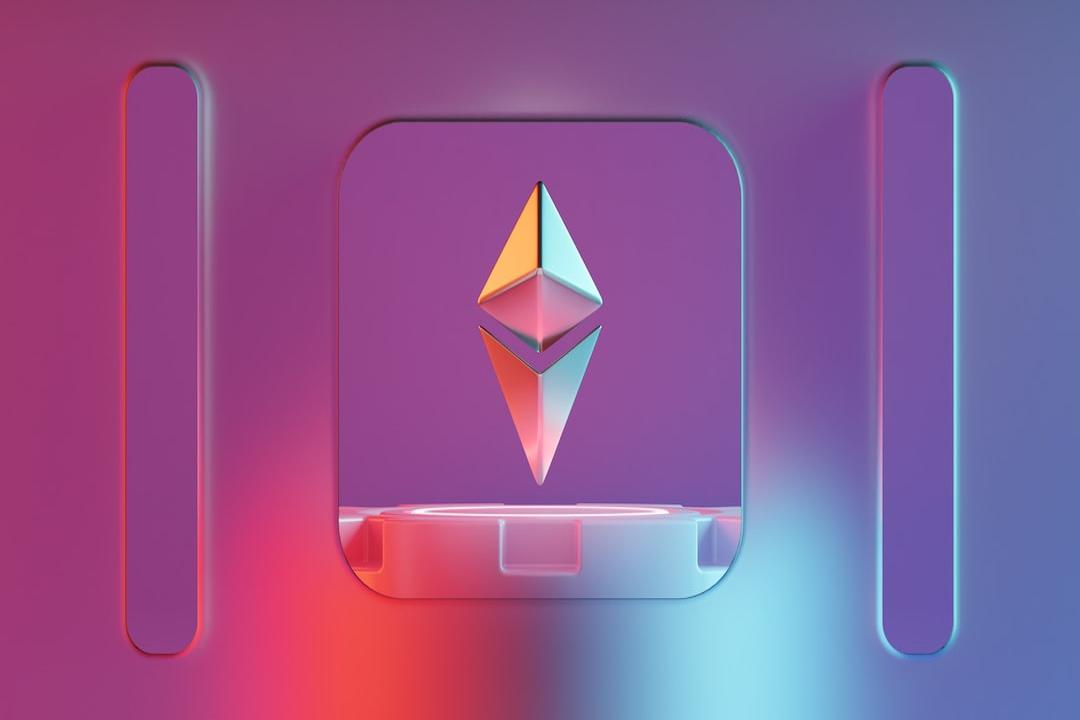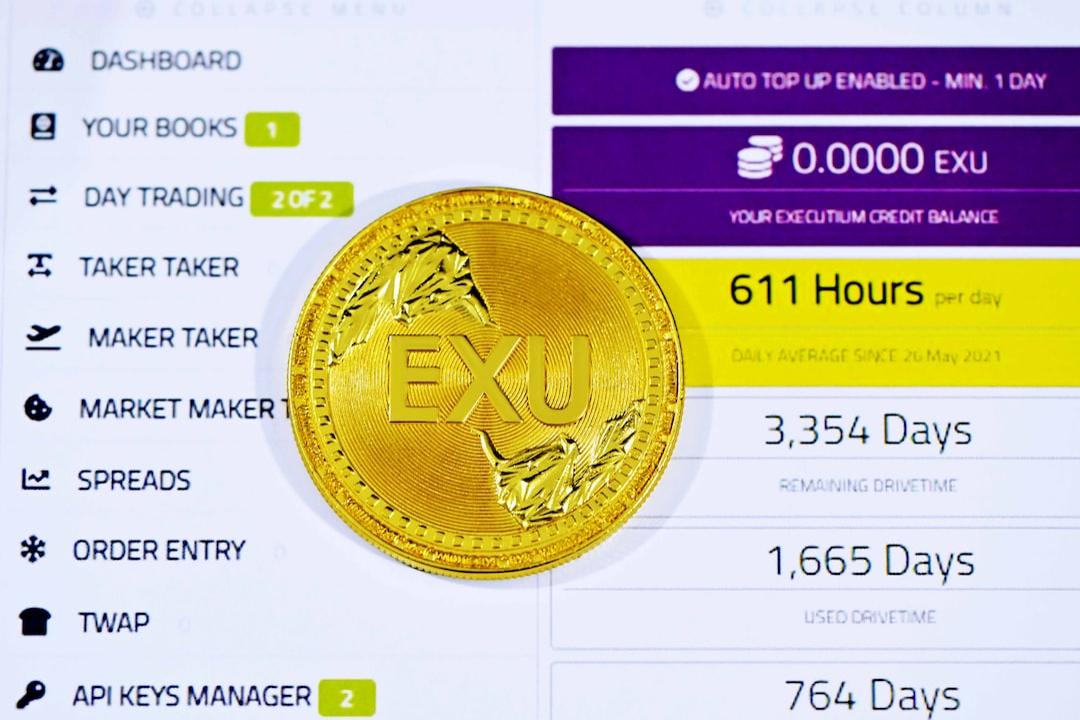With the increasing development of blockchain technology and the growing adoption rate, more and more use cases are emerging, especially in the areas of media, sports, entertainment, and gaming. A new special ecological field is emerging, known as the consumer-grade cryptocurrency ecosystem.
Recently, the global consumer-grade public chain Morph commissioned overseas research institution The Block Pro (a subsidiary of The Block) to conduct research on the consumer-grade cryptocurrency ecosystem. They have written a comprehensive report of over 50,000 words (read the full report: English version, Chinese version), aiming to reveal the future development trends of the industry and provide important references for crypto investors, startups, developers, and regulators, helping stakeholders understand and explore the consumer-grade cryptocurrency ecosystem.
Morph is a global consumer-grade public chain that improves the accessibility, efficiency, and usability of developers and consumer-grade blockchains using optimistic and zkRollup technologies. It has received support from top-tier capitals such as Dragonfly, Pantera, Bitget, Spartan Ventures, and Foresight Ventures. As a resource distribution center, Morph can provide support for developers throughout the process, from project initiation to large-scale market expansion.
The report first defines the “consumer-grade cryptocurrency field.” The consumer-grade cryptocurrency field refers to platforms, use cases, and services designed for public use that support blockchain technology to facilitate daily activities. It includes tokenized loyalty programs, crypto collectibles, blockchain-based games, and decentralized social media platforms. On-chain consumer-grade products aim to fundamentally reshape our interaction and experience with products and services, creating more efficient, transparent, and user-centric solutions that disrupt traditional consumer industries’ conventional practices.
The report mainly focuses on consumer-grade products with daily practicality and participation, rather than financial-oriented speculative ecosystems. Therefore, DeFi, GameFi, or NFTFi are not within the scope of discussion.
I. Market Landscape of Subdomains
The report discusses the current market landscape of the consumer-grade cryptocurrency ecosystem and systematically classifies the consumer-grade cryptocurrency field into two main categories: the application layer and the infrastructure layer.
Among them, the subdomains of the application layer include community/brand engagement, decentralized social, gaming, media, and communication; the subdomains of the infrastructure layer include wallets, payments, DePIN, metaverse, on-chain analytics, and identity management. The report also highlights noteworthy projects and venture capital trends in each subdomain. The specific content is as follows:
1. Community/Brand Engagement
Community and brand engagement refer to a series of applications aimed at strengthening internal connections within the community, including the relationship between brands and their audiences. Applications in this subdomain include loyalty reward programs, social and fan tokens, NFTs and digital collectibles, as well as subscription and membership products. These applications aim to increase user engagement, encourage continuous interaction and loyalty. Representative projects include:

According to The Block’s data, from 2019 to 2023, the “community and brand engagement” raised approximately $3.2 billion in total through 593 transactions. The majority of funding is concentrated in the early stages, with Series A, seed rounds, and pre-seed rounds accounting for 57% of the total funding and 77% of the total transactions, indicating the typical characteristics of emerging industries. As shown below:

2. Decentralized Social
The subdomain of decentralized social (DeSo) covers blockchain-driven social networking applications that enable users to create, share, and exchange information and content in a decentralized manner. DeSo represents a shift in the way users interact, share content, and participate in online communities. The core features of DeSo emphasize censorship resistance, user control over data and content ownership, and incentivization through tokens. Representative projects include:

According to The Block’s data, from 2019 to 2023, the subdomain of decentralized social has conducted approximately 290 transactions, raising approximately $1.5 billion. The chart below shows that seed rounds, token sales, and Series A rounds rank top three in terms of transaction volume in the DeSo subdomain, accounting for nearly two-thirds of total funding.

3. Gaming
On-chain gaming redefines the relationships among players, developers, and in-game assets by leveraging blockchain technology, revolutionizing the traditional gaming industry. On-chain gaming creates a unique player-driven economic system, where users can truly own, sell, and trade their digital assets, addressing the limitations of traditional gaming models. Furthermore, the open-source nature of on-chain gaming facilitates permissionless innovation, enabling developers to create game modifications (mods), plugins, and custom game modes that can interact with the main game. Representative projects include:

According to data collected by The Block’s transaction dashboard, the subdomain of on-chain gaming has raised approximately $4.5 billion in approximately 762 transactions from 2019 to 2023. The chart below shows that funding is mainly concentrated in seed rounds and Series A rounds, which together account for 53% of the transaction volume and 59% of the transaction count.

The significant increase in investment in the on-chain gaming field from 2019 to 2023 is accompanied by a significant increase in user activity. The chart below shows that compared to other subdomains, on-chain gaming has experienced a particularly noticeable upward trend in user activity, indicating significant momentum in this emerging industry. Additionally, the growth of user activity remains relatively stable, suggesting higher user retention rates for these applications compared to other consumer-grade cryptocurrency subdomains.

4. Media
On-chain media applications utilize the immutability and transparency of blockchain technology to authenticate and establish ownership of digital content. By turning media assets into NFTs or other blockchain-based tokens, creators can prove their authorship and maintain control over the distribution and monetization of their works. Smart contracts enable automatic royalty payments, ensuring that creators receive a fair share of income every time their content is consumed or resold, reducing the need for intermediaries. Representative projects include:

According to The Block’s data, from 2019 to 2023, the subdomain of decentralized media has raised approximately $672 million in approximately 157 transactions. The chart below shows that funding is mainly concentrated in the early stages. Series A, seed rounds, and pre-seed rounds account for 51% of the transaction volume and 75% of the transaction count. Over 80% of the Series B transactions occurred in 2021 or later, indicating increasing industry maturity as projects move beyond the initial funding stage.

5. Communication
On-chain communication protocols aim to address the limitations of centralized messaging platforms. In on-chain communication, communication occurs directly between wallet addresses, eliminating the need for centralized intermediaries. Messages are encrypted and stored on decentralized networks such as IPFS or the blockchain. This decentralized approach ensures that no single entity controls the data, reducing the risks of data breaches, unauthorized access, and potential misuse of personal information. Representative projects include:

According to The Block’s data, on-chain communication raised approximately $5.4 million in approximately 12 transactions from 2019 to 2023, within a five-year period. The chart below shows that all the funding occurred in Series A or earlier stages. This pattern may reflect the lack of an explosive application in this field, which usually makes it easier to attract later-stage investments. Early-stage focus indicates that while the on-chain communication field has interest and potential, it is still in its early stages.

6. Wallets
Wallets are the key entry point for users to interact with and manage digital assets in decentralized applications. Cryptocurrency wallets are software programs that allow users to store, send, and receive digital currencies and interact with blockchain networks. The initial versions of wallet solutions included complex onboarding processes, the need for users to manage private keys, and clumsy user interfaces. Improving the user experience of wallets has always been a key priority for driving mainstream adoption of on-chain products. Account abstraction and embedded wallets, among others, can simplify the user experience and lower the barrier for consumer participation. Representative projects include:

7. Payments
In the world of digital assets, on-chain payment infrastructure plays a vital role, primarily in facilitating exchanges between traditional finance and cryptocurrencies and enabling transactions within the Web3 ecosystem.On and Off Ramping Solutions, allow users to convert fiat currency into cryptocurrency and vice versa, making it easier for individuals to enter and exit the cryptocurrency space. On-chain payment infrastructure simplifies the process of managing cryptocurrencies for consumers and enhances the utility of their on-chain funds. The representative projects are as follows:

(8) Network
The network in the infrastructure layer refers to the underlying systems and protocols that support efficient and secure transfer of digital assets, smart contract execution, and data storage. This subfield covers both blockchain layer networks and networks built on top of existing consensus layers. These infrastructures constitute the backbone of the crypto ecosystem, providing the foundation for the operation of decentralized applications and services. The emergence of new blockchain networks such as Solana, Base, and Flow has brought significant improvements to the network infrastructure layer. These networks prioritize faster transaction speeds, low latency, and cost-effectiveness, making them more suitable for consumer-oriented use cases. The representative projects are as follows:

(9) Identity Management
Identity management refers to the systems and protocols that enable users to manage their digital identities in a decentralized and autonomous manner. These solutions are designed to give users control over their personal data, allowing them to selectively share information with third parties while maintaining privacy and security. On-chain identity management solutions address the limitations of traditional centralized identity systems. The representative projects are as follows:

(10) Metaverse
The metaverse refers to a collective virtual shared space that is a vital infrastructure component in the consumer-grade crypto space. In this digital environment, users can interact with digital assets and decentralized applications in a more immersive way. Metaverse platforms provide consumers with a user-friendly and intuitive interface to access and interact with various on-chain products and services. Metaverse platforms can enable a wide range of consumer-grade use cases, creating new opportunities for brands and businesses to engage with consumers. The representative projects are as follows:

(11) Analytics
Web3 advertising and growth analytics platforms play a crucial role in the consumer-grade crypto ecosystem. They provide projects and developers with the necessary tools and analytical insights to attract their target audience. These platforms offer solutions that help users acquire, advertise, and optimize growth. By aggregating data from various sources and analyzing user behavior across different touchpoints, these platforms enable projects to make data-driven decisions, measure the effectiveness of their marketing efforts, and ultimately drive adoption and growth. The representative projects are as follows:

(12) DEPIN
DEPIN is a nascent category of crypto networks that leverage token incentives to deploy location-dependent hardware devices and generate non-fungible consumable resources. These networks play a crucial role in the consumer-grade crypto ecosystem, supporting various consumer-oriented applications and services by monetizing unique real-world data assets. The representative projects are as follows:

The report also predicts the development directions of several subfields. For example, decentralized social media platforms offer customizable content filtering algorithms. The future of the blockchain gaming sector will involve expanding different types of games, platforms, and economic models to cater to different player preferences. In the media subfield, blockchain technology will enable dynamic and interactive media assets such as artworks or music. In the communication subfield, we will see the emergence of more complex and feature-rich communication platforms that leverage the unique properties of blockchain to achieve secure, private, and censorship-resistant communication. In the community and brand engagement subfield, the next generation of “digi-physical NFT” platforms will become more immersive and interactive, leveraging advanced technologies to enable dynamic, context-aware interactions between NFTs and the real world.
In addition, the report explores the potential of emerging subfields such as on-chain AI agents and tokenized personal data markets.
II. Adoption of Cryptocurrency by Fortune 100 Companies
The report also presents data on the adoption of consumer-grade crypto initiatives by Fortune 100 companies to gauge their adoption within traditional consumer brands.
The data shows that nearly one-third of the companies (27 companies) have undertaken a consumer-grade crypto initiative at some stage. These 27 companies have a total of 55 crypto initiatives from 2019 to 2023, as shown in the graph below, with the number of initiatives increasing from 7 in 2019 to 19 in both 2022 and 2023, more than doubling.

If the initiatives are classified into one of the four different stages: ideation, development, pre-release/testing, and public release, to measure maturity, the graph below also shows an improvement in the maturity of cryptocurrency initiatives from 2019 to 2023. The proportion of ideation stage initiatives decreased from 43% in 2019 to 37% in 2022 and 11% in 2023. Meanwhile, the proportion of public release initiatives increased from 29% in 2019 to 47% in 2022 and 58% in 2023. This trend indicates that companies are moving beyond the initial ideation stage and actively focusing on developing and refining their consumer-grade crypto projects.

Within the three key subfields, there is a high concentration of initiatives: community and brand engagement, media, and gaming, accounting for 99% of the initiatives, with specific proportions of 57%, 26%, and 16% respectively. This is mainly due to the ability of these niche areas to help brands establish direct connections with their target audience, and the applications and tools in these niche areas are relatively more mature and popular, with distinct features that align with the traditional markets familiar to traditional consumer brands.

The penetration level of consumer-grade crypto varies across different industries within the traditional consumer sector. The technology, retail, and food & beverage industries are prominent leaders, accounting for a total of 65% of all initiatives, with specific proportions of 27%, 20%, and 18% respectively. The penetration level in the other six subfields is relatively average, with each subfield’s initiative accounting for less than 10% of the total initiatives.
III. Obstacles to Mainstream Adoption and Regulation
The report points out that the consumer-grade crypto space is still in its early stages and identifies key barriers to mainstream adoption, such as high transaction fees, complex user experience, negative public perception, and regulatory uncertainty. It provides corresponding recommendations:
User Experience: On-chain consumer-grade products will need to prioritize the development of user interfaces and experiences. Developers need to leverage key infrastructure components such as wallets and key management solutions, various abstraction layers and middleware, and interoperable identity solutions.
Public Perception: Reduce the use of crypto-specific jargon to lower the cognitive threshold; improve product services to enhance user experience and increase public awareness; enhance transparency of information.
Regulatory Uncertainty: Lack of standardization between different countries and regions further complicates the regulatory landscape for on-chain projects. Legal risks and uncertainties surrounding on-chain products may limit their partnerships with mainstream brands and enterprises.
The report also explores the direction of consumer-grade crypto regulation by analyzing past enforcement actions and their potential impact on future consumer-grade crypto products, with a specific focus on the regulatory landscape in major markets in North America, Europe, and Asia (China, Singapore).
Finally, the report summarizes several notable trends and developments in the consumer-grade crypto space:
Potential for mainstream adoption: Nearly one-third of Fortune 100 companies are developing consumer-grade crypto initiatives, indicating their growing recognition of the potential of blockchain in consumer-grade applications. Additionally, certain on-chain consumer-grade products are showing signs of market fit.
Infrastructure development: The emergence of user-friendly wallets, efficient payment systems, and robust identity management solutions is laying the foundation for more accessible consumer-grade crypto experiences.
Regulatory competition: The diverse global regulatory environment is creating a “natural experiment” for the development of consumer-grade crypto. Such divergence may lead to unexpected innovations in less regulated markets and may prompt stricter jurisdictions to reconsider their approaches to remain competitive.
Emerging use cases: The rise of on-chain AI agents and tokenized personal data markets has the potential to fundamentally change how consumers interact with digital services and manage their personal information.
User experience as a key driver: The success of consumer-grade crypto largely depends on its ability to overcome technical complexities and provide users with intuitive and value-added experiences.
Consumer crypto represents a growing intersection of blockchain technology and the consumer domain. While still in its early stages, it demonstrates the potential to reshape the way individuals interact and transact in their daily lives. The future of consumer crypto is promising.


